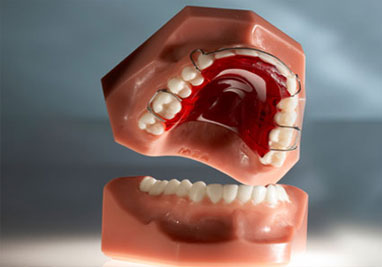Braces
A word commonly used to describe a fixed orthodontic appliance, usually comprised of brackets, bands and wires. Our Clear braces are made of translucent sapphire crystal.
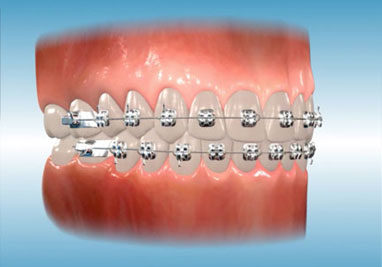
Archwire
Wire applied onto two or more teeth through fixed attachments to cause or guide orthodontic tooth movement.
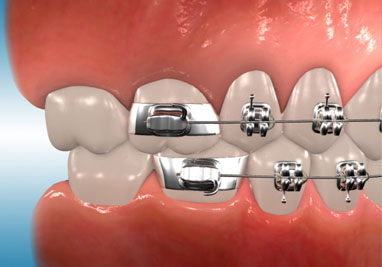
Brackets
Brackets are the small metal or ceramic modules attached to each tooth. They serve as guides to move the teeth and hold the archwire in place.
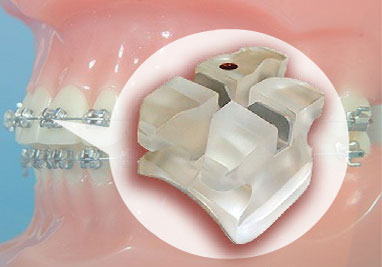
Band
A thin metal ring, usually stainless steel, which serves to secure orthodontic attachments to a tooth. The band, with orthodontic attachments welded or soldered to it, is closely adapted to fit the contours of the tooth and them cemented into place.
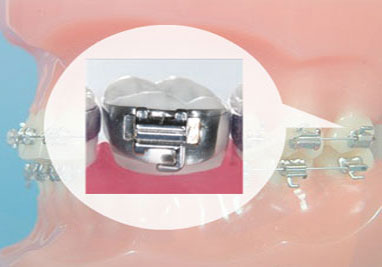
Elastics
Elastics or rubber bands for braces help move the upper and lower teeth relative to each other, ultimately achieving a better bite. The orthodontic rubber bands are typically effective for correcting overbites, underbites, or other types of alignments of the jaw. They are also useful for moving a tooth out of alignment or to close a space in the mouth.
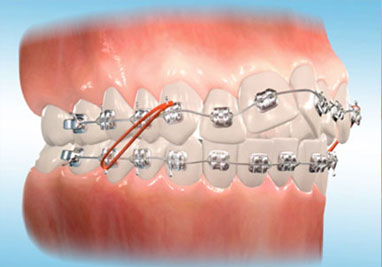
Power Chain
A stretchable plastic chain used to hold archwires into brackets and to move teeth.
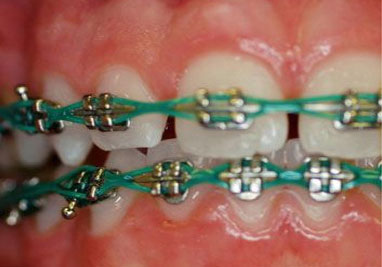
Separators
Separators are tiny rubber bands or springs that your orthodontist places between your back teeth. These separators prepare your mouth for braces by creating a small gap between these teeth. This space allows for the placement of a metal band around your molar, which anchors your braces in your mouth.
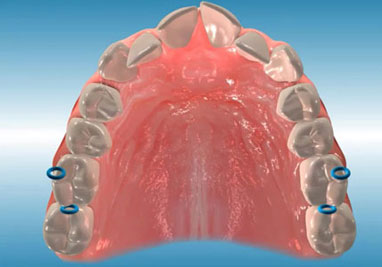
Palatal Expander (RPE)
A palatal expander, also known as a rapid palatal expander, rapid maxillary expansion appliance, palate expander or orthodontic expander, is used to widen the upper jaw so that the bottom and upper teeth will fit together properly.
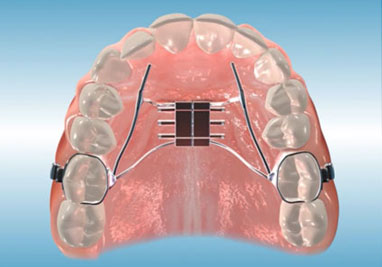
Nance
The Nance button is utilized to hold teeth in position to allow for the movement of other teeth. The impact of the button on the lower palate creates force on the back molars.
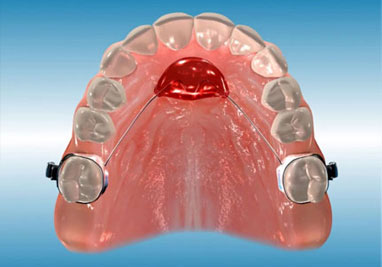
Space Maintainer
A fixed appliance that is banded around the molars. It is used to hold space open while all of the baby teeth are lost and replaced with permanent teeth. It also prevents the molars from moving forward, which could cause crowding if the space isn’t held open.
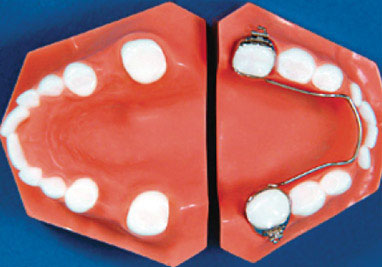
Removable Retainers
An appliance that our orthodontist will give at the end of your treatment. The retainer attaches to your upper and/or lower teeth and holds them in the corrected position while your jaw remolds to your teeth’s new position. At first, you normally wear the retainer 24 hours a day, and then only at night.
